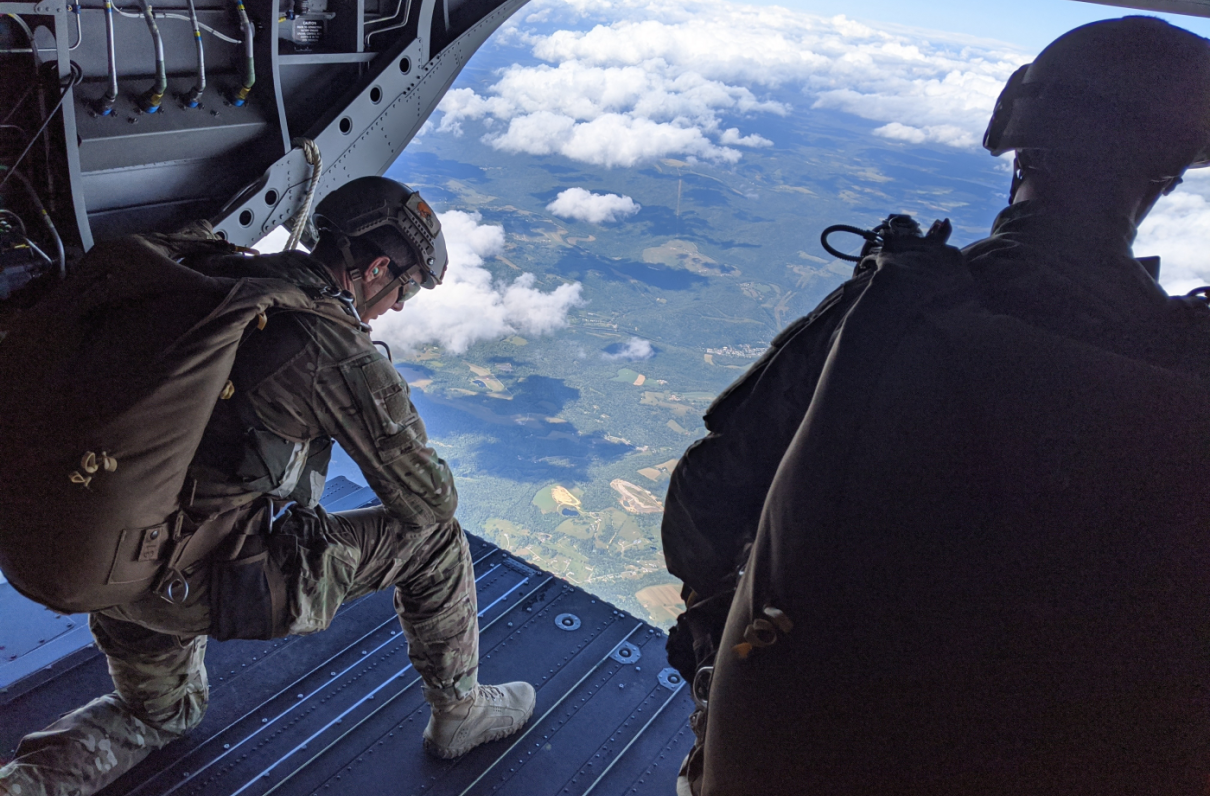While the FY 2022 National Defense Authorization Act (NDAA) remains in its early stages, initial drafts released by the Armed Services Committees reveal some potential wins for servicemembers in the reserve component (RC). Included in the Senate bill summary is a provision to provide Aviation Career Incentive Pay (ACIP) and Hazardous Duty Incentive Pay (HDIP) parity for the reserve and active components.
Over the past year, members of the reserve component have proven how valuable they are serving overseas, securing our border, or helping to protect our communities with COVID-19 relief operations – all part of the component’s largest mobilization since World War II. Members fought forest fires, supported law enforcement, issued vaccines, and provided emergency evacuation from floods.
Hazardous Duty and Flight pay were well earned by these servicemembers, and fixing the incentive pay disparity would ensure those who are required to maintain a proficiency earn the same as their active duty counterparts.
Our nation has increasingly relied on the RC during emergencies, and parity of benefits is an important part of retention. Correcting this parity gap now is essential after the revelation that those in the National Guard are twice as likely to be experiencing food insecurity as the general population.
Passing this legislation would potentially mean hundreds of dollars into some servicemembers’ pockets each month. Here’s a look at some monthly incentive rates, and how much RC members stand to gain if Congress closes the gap between them and their active duty counterparts:
Aviators
- Active Officer (with over six years’ service): $650-$700
- Reserve Component Officer (with over six years): $52-$57
Aircrew
- Active enlisted: $150-$240
- RC enlisted: $12-$20
- Active warrant officer: $150-$215
- RC warrant officer: $12-$17
- Active officer: $150-$250
- RC officer: $12-$20
Parachute Duty (High Altitude, Low Opening)
- Active: $150-$225
- RC: $12-$20
Other Hazardous Duties: These offer $150 per month to active duty members and $12 to RC members. Examples include:
- Demolition
- Experimental stress
- Flight deck
- Exposure to highly toxic pesticides
- Laboratory duty utilizing live dangerous viruses or bacteria
- Toxic fuels and propellants
- Handling chemical munitions
- Maritime visit, board, search, seizure (VBSS)
- Weapons of mass destruction civil support (WMDCS) team
- Diving
Despite efforts to fix this in last year’s NDAA, the language left holes that would allow DoD to pay a lesser monthly rate to reserve component members who have the same proficiencies. This year’s language works to close that loophole and adds ACIP alongside HDIP.
While the Senate has included the fix in its NDAA draft, it is unclear if the House will adopt this important provision. Your House member needs to hear from you to know this is a priority for this year’s NDAA. The next opportunity to ensure a provision is added comes with the full House Armed Services Committee markup Sept. 1.

